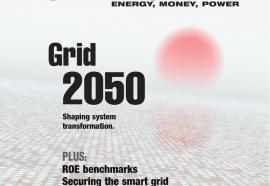Traffic Signal Ahead
Smart grid evolution requires two-way communication—with meters and with customers themselves.
Despite the industry’s cautious and inconsistent approach, the smart grid is becoming a reality. Projects and pilots have provided valuable experience about what works and what doesn’t. Recent survey results illustrate the lessons utilities have learned—and how they’re changing their strategies.







